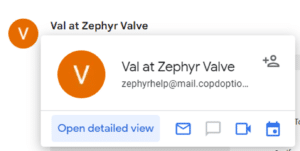Living with COPD, or Chronic Obstructive Pulmonary Disease, is difficult. But exacerbation episodes make it much harder to handle. Exacerbations, or flare-ups, are episodes in which your COPD symptoms worsen for a while. They can be mild or severe. However, you can take preventative measures to reduce the likelihood and/or severity of an episode.
Colds, viruses, and bacterial infections lower your immune system and can increase your chances of a COPD flare-up. Remembering to wash hands and avoid high-germ environments can help keep you in good health and your immune system strong.
If you smoke, you should make every effort to quit because smoking is often the cause of COPD and can contribute to disease progression and flare-ups. It is always best to avoid smog and other kinds of air pollution (dusty/dirty air), cigarette smoke, strong fumes from scented products such as perfumes, pollens that can cause allergies, and cold or hot, humid air to prevent worsening symptoms or an exacerbation.
What to do during an exacerbation
Even if you diligently monitor your symptoms, flare-ups can still occur unexpectedly and with little warning. The first thing you should do when experiencing a flare-up is consult your doctor if you don’t already have plans in place for handling exacerbation episodes.
You should discuss with your doctor the best strategy and treatment plan for you when your COPD flares up. This may include medication, supplemental oxygen, and/or breathing treatments.
Signs of COPD flare-ups
One of the best things you can do as a COPD patient is to understand what your body is telling you. Knowing your usual symptoms, sleep patterns, and when you are having a good or bad day can help you differentiate between your normal life with COPD or signs of a flare-up. Signs of a flare-up last for at least 48 hours and include:
Common signs such as:
- More fatigue/shortness of breath than usual
- More coughing than usual
- A change in the color of your mucus
Other possible signs such as:
- Difficulty sleeping
- Swelling of the ankles
- Change in color of your mucus
Two breathing techniques that may help are pursed-lip breathing and diaphragmatic breathing. For pursed-lip breathing:1
- Inhale a normal amount of air through the nose with your mouth closed.
- Purse your mouth as if you are whistling.
- Then slowly blow the air out through your pursed lips.
This technique helps let out stale air and slow your breathing.
Diaphragmatic breathing involves focusing on using your diaphragm — the main breathing muscle — to help control your breath. To practice diaphragmatic breathing:3
- Relax your shoulders and sit comfortably.
- Place your hands on your stomach.
- Breathe in slowly through your nose.
- Then exhale slowly through pursed lips.
When you breathe in, you should feel your stomach rise. When you breathe out, your stomach should fall. If your stomach rises and falls accordingly with your breath, you are properly using your diaphragm to breathe.
The Zephyr® Valve
If your inhalers, medications, or current plan of action are less effective than they used to be, the Zephyr Valve may be an option for you.
References:
- “COPD Flare-Ups: MedlinePlus Medical Encyclopedia.” MedlinePlus, U.S. National Library of Medicine, medlineplus.gov/ency/patientinstructions/000698.htm.
- “COPD Flare-Ups: Symptoms, Causes, Treatments, Prevention.” WebMD, WebMD, www.webmd.com/lung/copd/what-is-a-copd-flare-up.
- “Triggers and Flare-Ups.” The Lung Association, 21 Nov. 2019, www.lung.ca/lung-health/lung-disease/copd/flare-ups.
US-EN-1182-v1

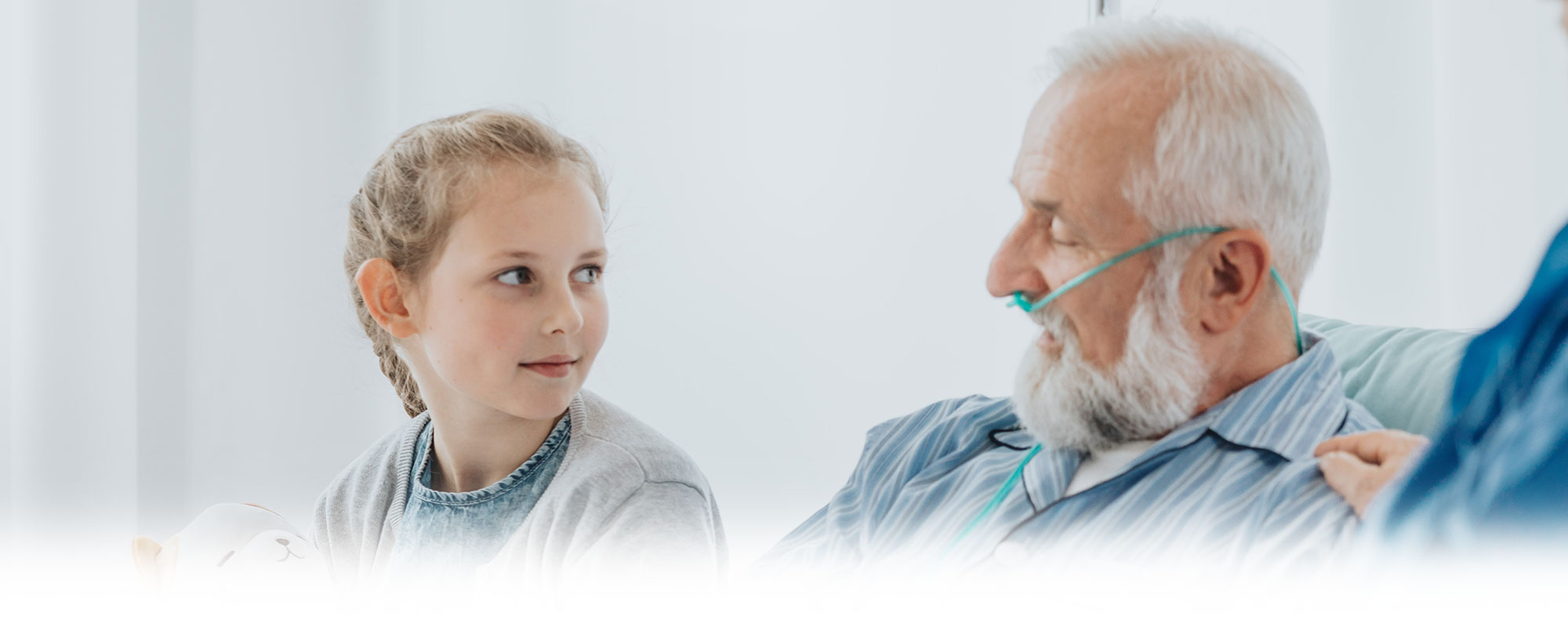

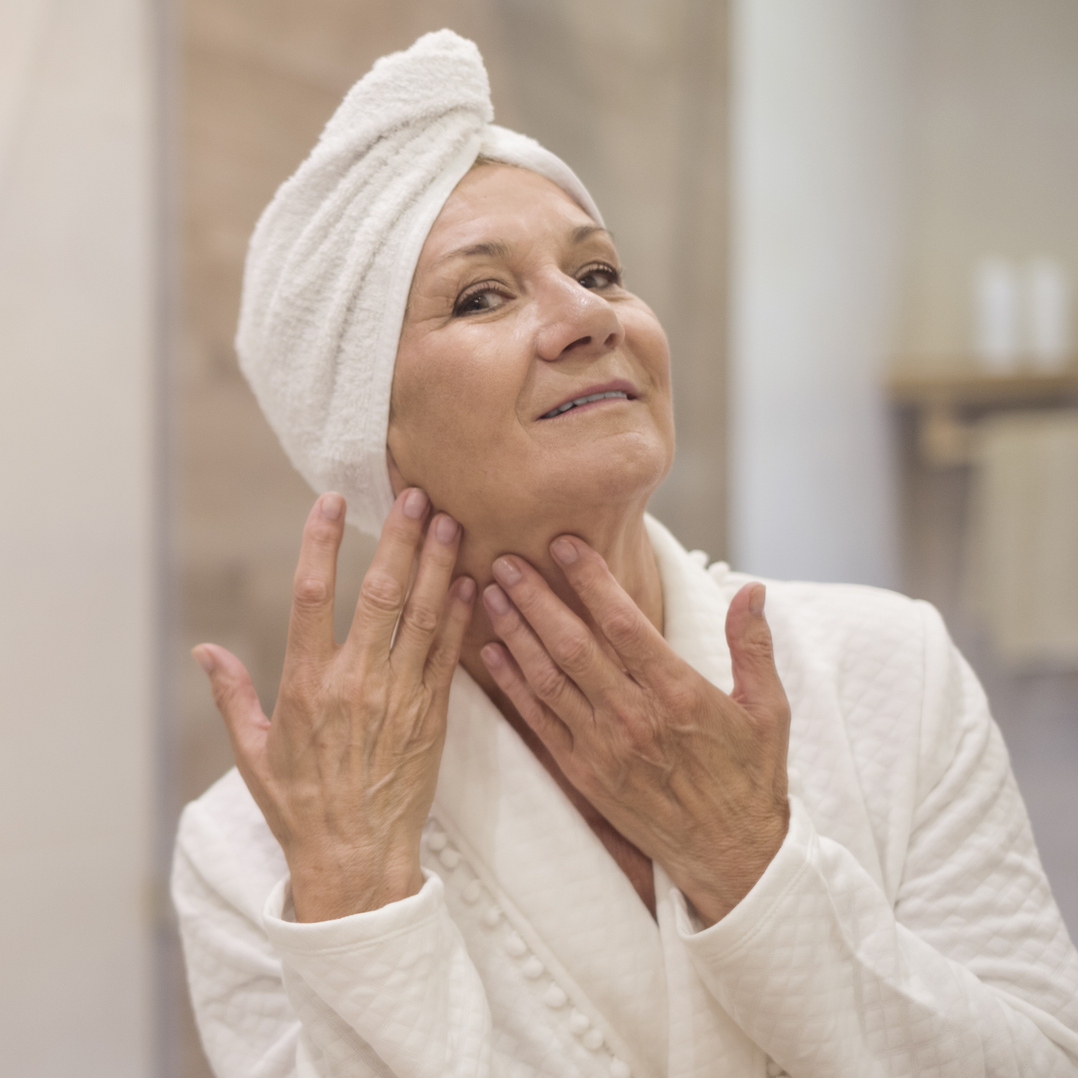


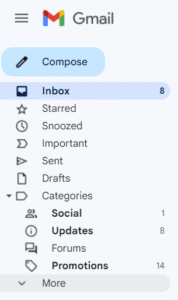 If you do not see an email from “Val at Zephyr Valve” in your inbox within 15 minutes of signing up, go to your “Spam” folder within Gmail. (You may have to click "More" to see the Spam folder.) Select the email from "Val at Zephyr Valve."
There will be a gray box at the top that says “Why is this message in spam?” Click the “Report Not Spam” button. This will move the email to your inbox.
If you do not see an email from “Val at Zephyr Valve” in your inbox within 15 minutes of signing up, go to your “Spam” folder within Gmail. (You may have to click "More" to see the Spam folder.) Select the email from "Val at Zephyr Valve."
There will be a gray box at the top that says “Why is this message in spam?” Click the “Report Not Spam” button. This will move the email to your inbox. Go back to your inbox and open the email. Click on the icon next to “Val at Zephyr Valve”, you’ll see a person icon with a “+”. Click that, and you can add Val to your Contacts list. If you don’t receive a second email from us in a few days, please check your Spam folder again.
Go back to your inbox and open the email. Click on the icon next to “Val at Zephyr Valve”, you’ll see a person icon with a “+”. Click that, and you can add Val to your Contacts list. If you don’t receive a second email from us in a few days, please check your Spam folder again.
